Modern digital technology continues to have a massive impact on how insurance inspection is performed for both homes and businesses. With the right technology in place, it’s possible to not only inspect a portfolio of properties faster, but verify risk is accurately quantified.
In some cases, technology’s influence is obvious. For instance, Insurance Risk Services has pioneered insurance inspection solutions aimed at clarifying and accelerating the project workflow. With us, it has never been easier to know what the next step in the process is and who is responsible for it.
In truth, insurance inspection is still integrating the power of mobile technology. Now, artificial intelligence is making its presence felt. Technology interfaces with underwriting processes not solely on the enterprise side, but also on the property owner side. One remarkable example is smart homes.
Emerging Underwriter Consensus Says Smart Homes Are Safer
Consumer-facing firms have advertised the “home of the future” in one way or another since the 1930s. For most of the last century, the claims have far outpaced the results. Now, thanks to the combination of mobile technology and artificial intelligence, things are changing for the better.
Underwriters tasked with establishing the risk profile of a smart home or business would do well to consider the ways smart technology mitigates the likelihood of casualty events – and lessens their impact on property value and replacement costs should the worst happen.
Let’s look at a few of the many ways smart homes can curb risk:
1. Enhanced Physical Security of Premises and Property
It’s long been known that even the appearance of a security system can deter would-be burglars, sending them elsewhere. Smart intrusion detection systems can operate in a variety of ways that work seamlessly, invisibly, and even more effectively at summoning help. Property damage and theft claims may be affected not only at the individual property but throughout the neighborhood, thanks to the chilling effect on crime.
2. Fire Detection and Prevention
It was not that long ago when homeowners and business owners alike began to incorporate carbon monoxide alarms into their properties. With a network of multiple environmental sensors incorporated all throughout the structure, smart homes have the potential to detect fire, smoke, and dangerous contaminants more quickly. In a matter of years, specialized tests like radon detection may also become inexpensive and efficient features.
3. Leak and Flood Detection
Although property owners are almost always aware when they are in a flood zone, leaks can be much more subtle and just as devastating. A leak that goes undetected for any significant period of time can lead to a vast increase in mold in the walls. This might even foster black mold, with devastating human health consequences. Smart home sensors can point to potential leaks by measuring moisture levels in the air.
4. Environmental Impact Reduction
A building’s wiring system is among the most important aspects to review in detail to get an accurate picture of its risk profile. Smart thermostats not only cut costs by reducing wasted electricity – such as cooling and lighting empty rooms – but gradually reduce the workload on electrical infrastructure and cut down on fire risk. At the same time, reduced overhead contributes to greater financial health and lower default risk where relevant.
5. Remote Monitoring of Assets
While there are many ways to monitor both commercial and residential properties, these generally involve the implementation of a large and complex system that often requires third-party oversight. Now, smart homes are introducing fully integrated monitoring that can be accessed with existing smartphones and other devices. This manages a wide range of risks, including crime, that are elevated when a property is unoccupied.
6. Continuous Improvement Using Data
If smart home services have been available at a property for months or years, reviewing the data directly may be helpful to an underwriter’s calculations. At the same time, a property owner can consult information from a smart home system to recognize risk management opportunities. Just like GPS and similar control mechanisms in fleet management, this data may soon become a seamless part of portfolio risk analysis.
7. Preventive Building System Maintenance
Last but certainly not least, smart homes can spotlight information that would otherwise be impossible to access without the help of an experienced tradesperson, such as an HVAC technician. Plumbing, HVAC, and wiring are just a few areas where data internal to the system can now be foregrounded for human attention – for example, sending up an alarm when the temperature rises at a specific junction of wires.
Contact Insurance Risk Services to learn more about the best underwriting support technology.


